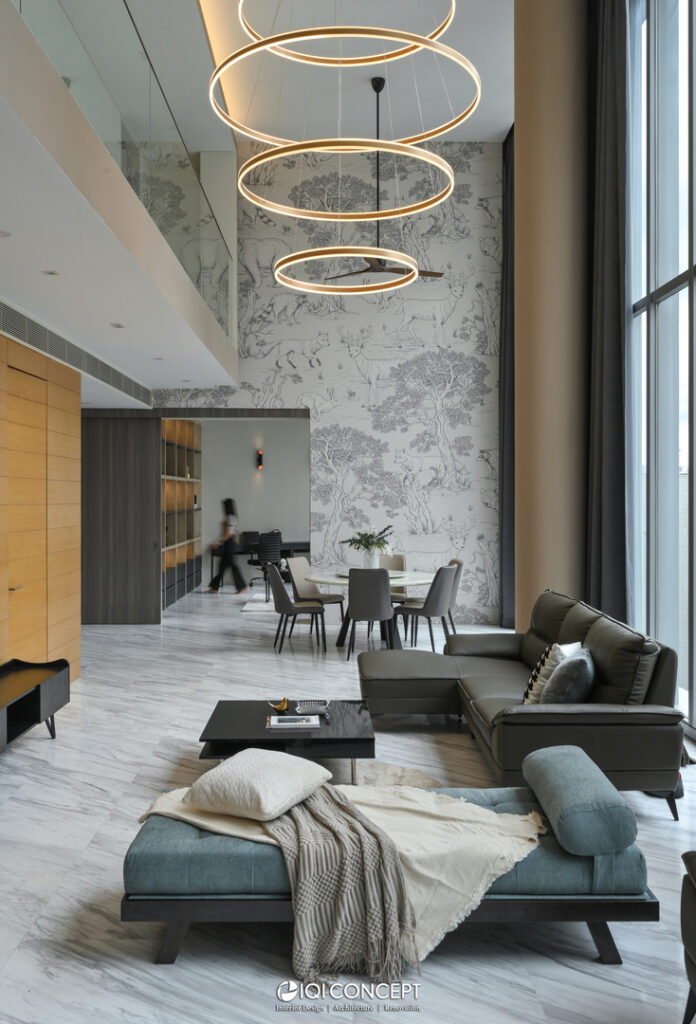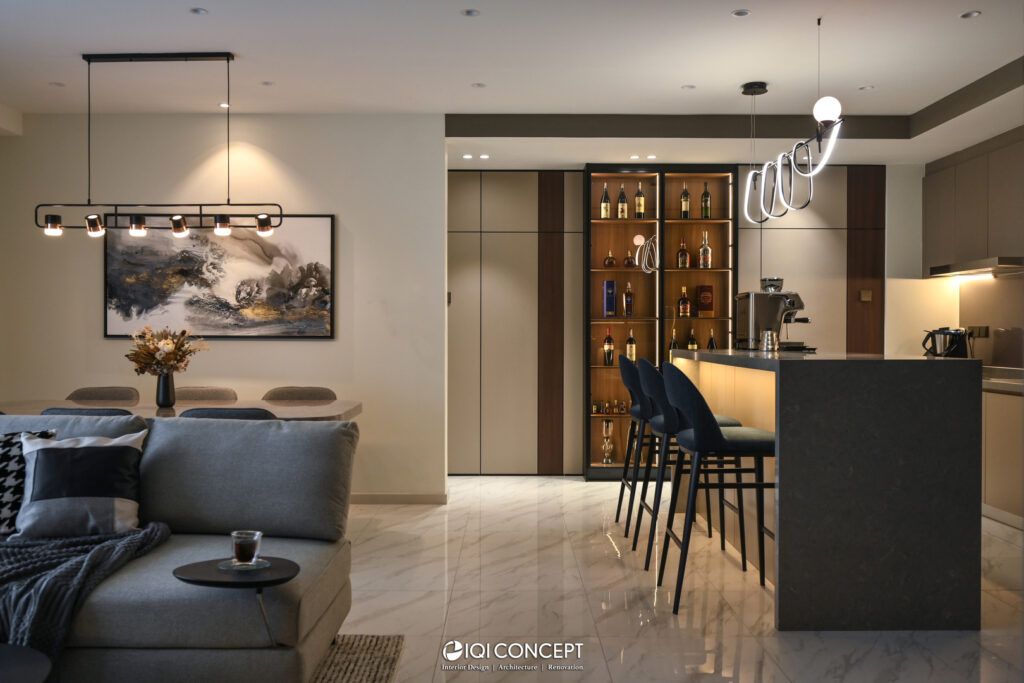Illuminate Your Home: Top Lighting Trends For Modern Interior Design
Lighting is an essential element in interior design, and the right lighting fixtures can transform a room from drab to fabulous. Whether you’re renovating your home or simply looking to upgrade your lighting, it’s important to stay up-to-date with the latest trends and techniques. In this post, we’ll explore some of the top lighting trends for modern interior design, and how you can use them to enhance the look and feel of your space.
1. LED Lighting
LED (light-emitting diode) lighting has become increasingly popular in recent years due to its energy efficiency and versatility. LED lights are available in a variety of colors and can be used for a wide range of lighting applications, from task lighting to accent lighting. They are also more durable and long-lasting than traditional incandescent bulbs, making them a cost-effective option in the long run.

2. Statement Lighting Fixtures
Statement lighting fixtures, such as chandeliers, pendant lights, and sculptural lamps, are an excellent way to add drama and visual interest to a room. These fixtures can serve as a focal point in a space and can be used to complement or contrast with the overall design aesthetic. When selecting a statement lighting fixture, consider the size and scale of your room, as well as the overall style and color scheme.
3. Integration of Lighting with Technology
Smart lighting systems, which allow you to control the brightness, color, and timing of your lights through a mobile app or voice command, are becoming increasingly popular in modern interior design. These systems can be used to create different moods and ambiances throughout the day, from energizing bright lights in the morning to relaxing warm lights in the evening. They also offer greater flexibility and convenience than traditional lighting systems.

4. Layered Lighting Design
A layered lighting design, which incorporates a combination of ambient, task, and accent lighting, is an effective way to create a balanced and functional lighting scheme in a room. By using a variety of lighting fixtures, such as table lamps, floor lamps, wall sconces, and accent lights, you can create a dynamic and versatile lighting design that enhances the overall atmosphere and functionality of your space.
5. No central light source/No main lighting
It refers to the abandonment of the traditional approach of using a single large chandelier for illumination. Instead, it embraces the use of various lighting fixtures such as light strips, recessed lights, spotlights, and floor lamps. By combining different light sources, this design achieves visual extension and creates diverse lighting atmospheres within the home. This results in a space that is no longer monotonous but exudes a sense of depth and style, elevating the overall ambiance and aesthetics.
Additionally, without the main central light it is especially beneficial for homes with low ceilings or challenging architectural layouts. By utilizing a combination of lighting fixtures, designers can effectively address these limitations and create a well-illuminated environment that is both functional and visually appealing.

By incorporating the latest lighting trends into your home, you can create a modern and stylish space that reflects your personality and meets your needs. If you’re looking to update your home’s lighting, consider these top lighting trends for modern interior design. And if you need help with your interior design, reach out to a professional designer for guidance and advice.
Below is a comparative table summarizing the various types of lighting:
| Lighting Trends | Description | Pros | Cons |
| LED Lighting | Energy-efficient and versatile lighting that is available in a variety of colors. | Energy efficient, long-lasting, versatile, and cost-effective. | Initial cost may be higher compared to traditional lighting. |
| Statement Lighting Fixtures | Dramatic and visually interesting fixtures that can serve as a focal point. | Adds drama and visual interest to a space, complements or contrasts with overall design aesthetic. | May be expensive, may not be appropriate for all spaces. |
| Integration of Lighting with Technology | Smart lighting systems that allow for control of brightness, color, and timing through mobile apps or voice commands. | Offers greater flexibility and convenience, creates different moods and ambiances. | May require additional devices and may be more complicated to set up. |
| Layered Lighting Design | Focuses on achieving a well-balanced and functional lighting scheme through the integration of different types of lighting at various levels. | Enhances the overall atmosphere and functionality of a space, creates a dynamic and versatile lighting design. | May require more planning and installation time. |
| No Central Light Source | The use of diverse lighting fixtures to create visual interest and ambiance without relying on a single central light source. | Adds depth, texture, and visual interest to a room, allows for greater flexibility and customization in lighting design. | May not be suitable for all spaces, may require more planning and installation time. |
Ready to transform your home? Click here to schedule a free consultation with us today and let’s turn your dream home into a reality!

Follow our socials to get the latest updates or WhatsApp us to get to know about our services!